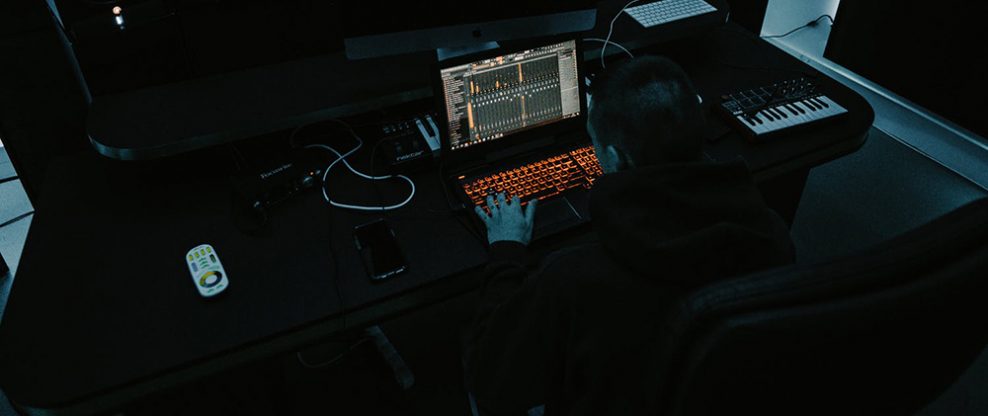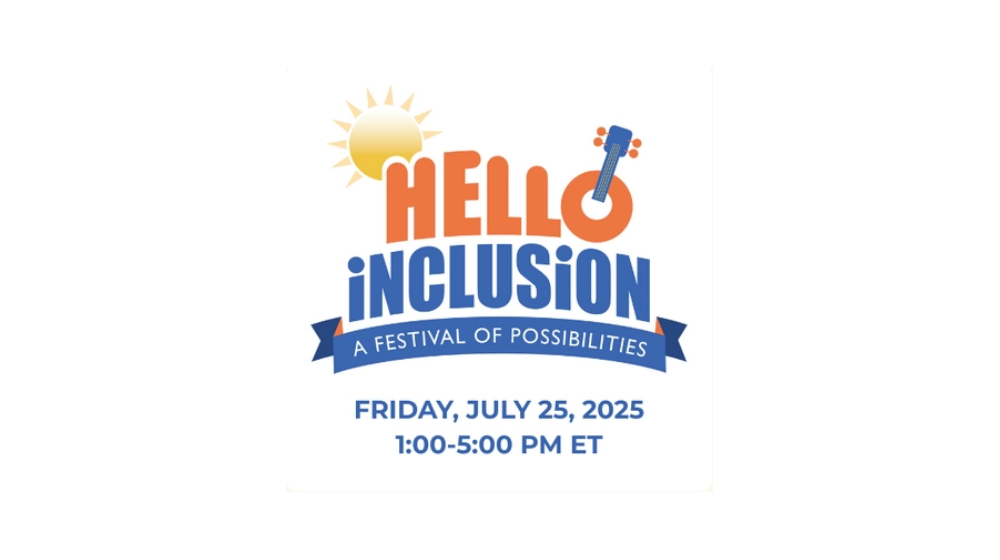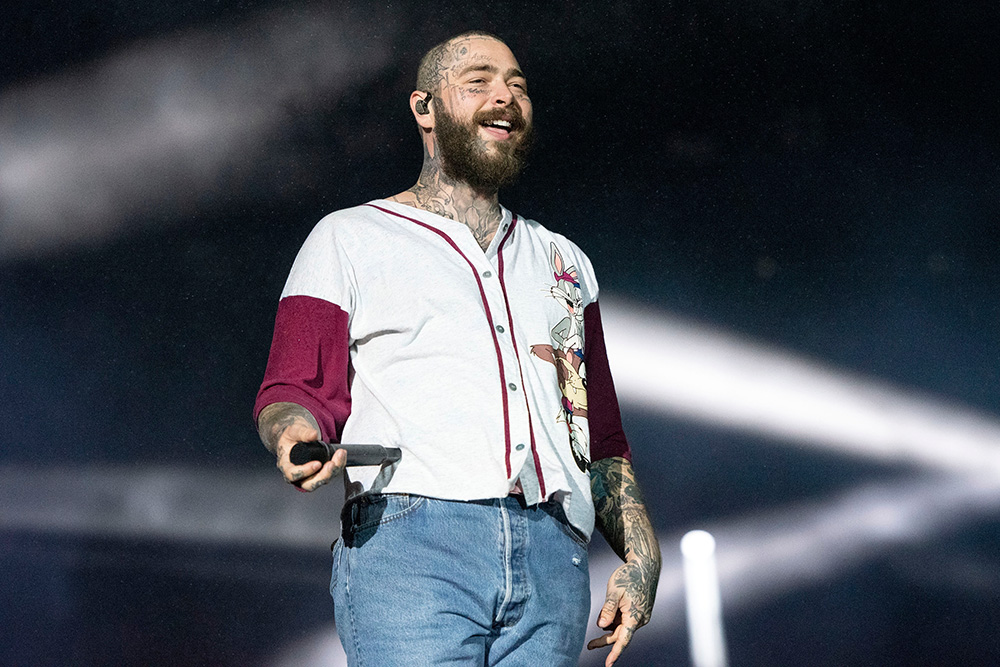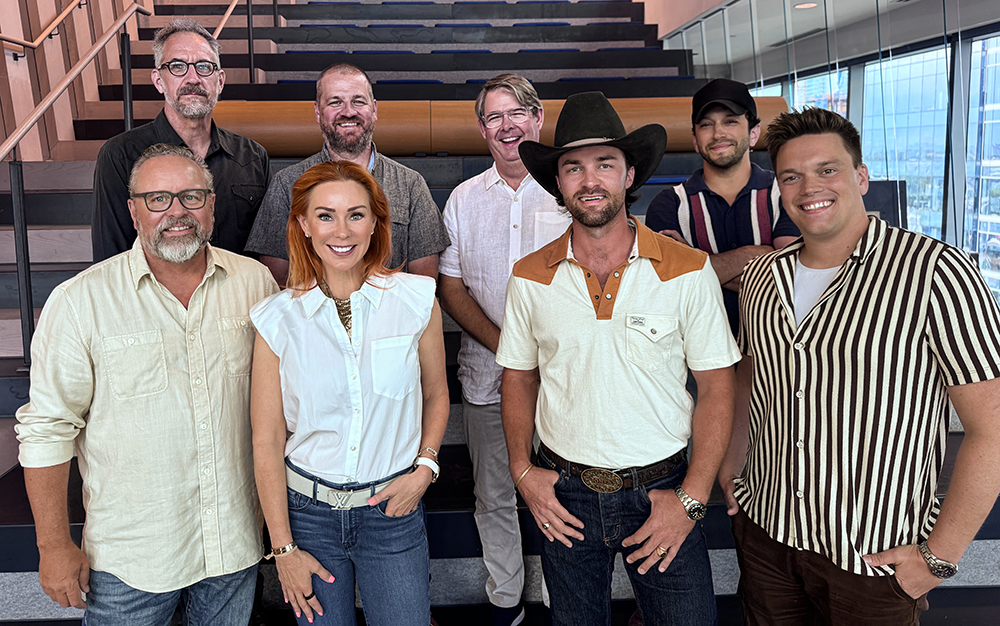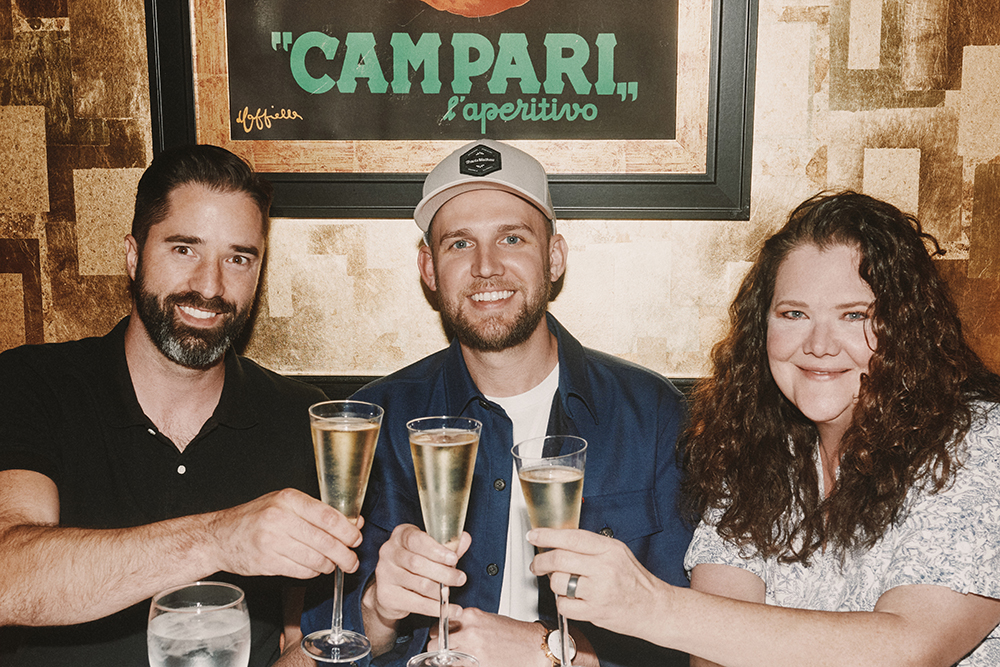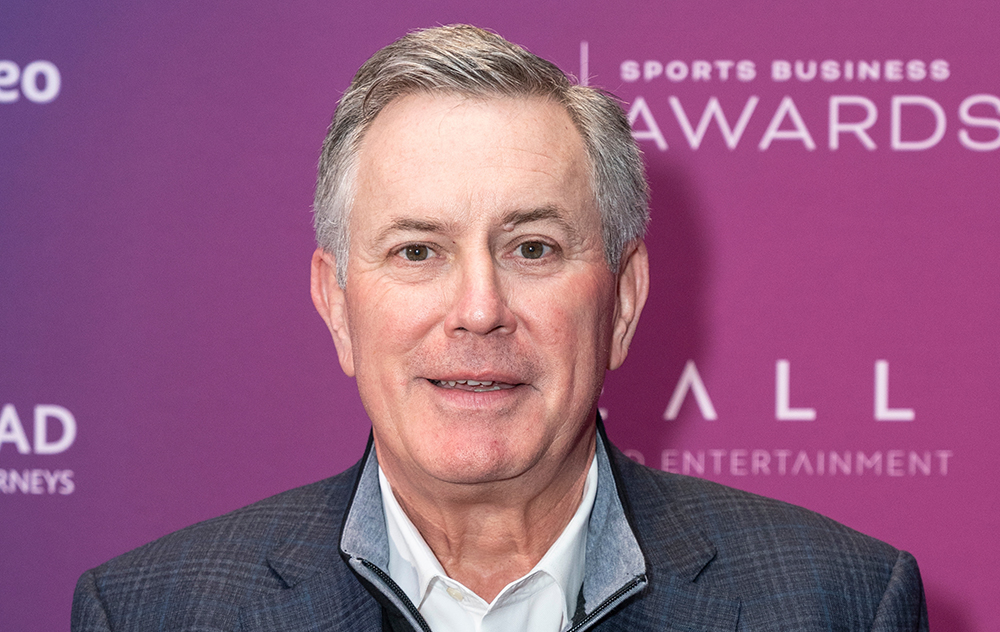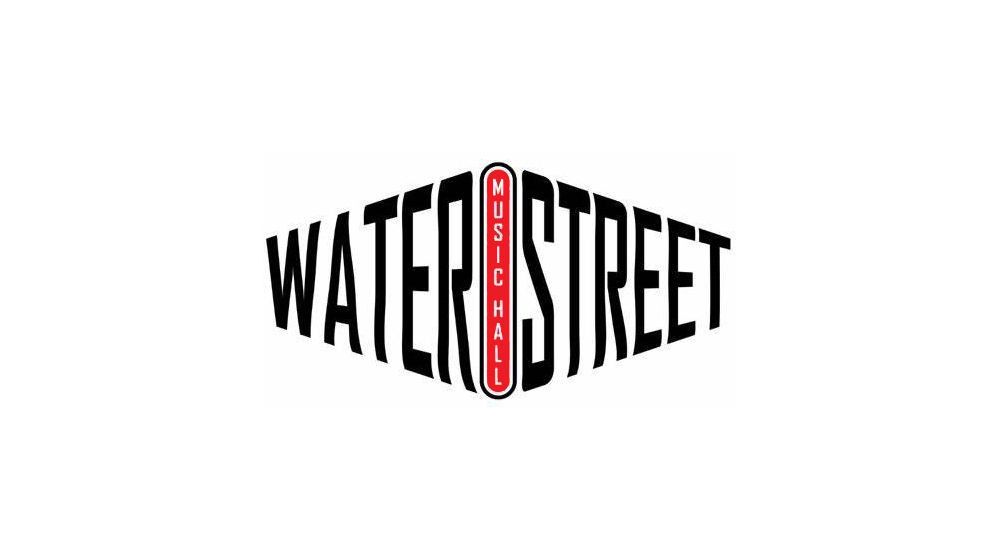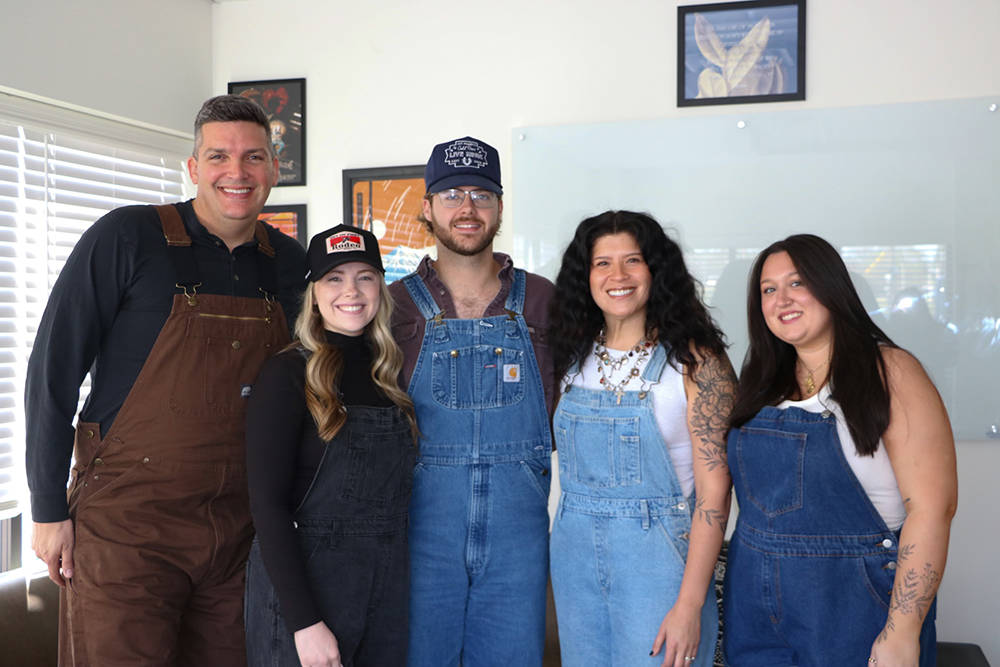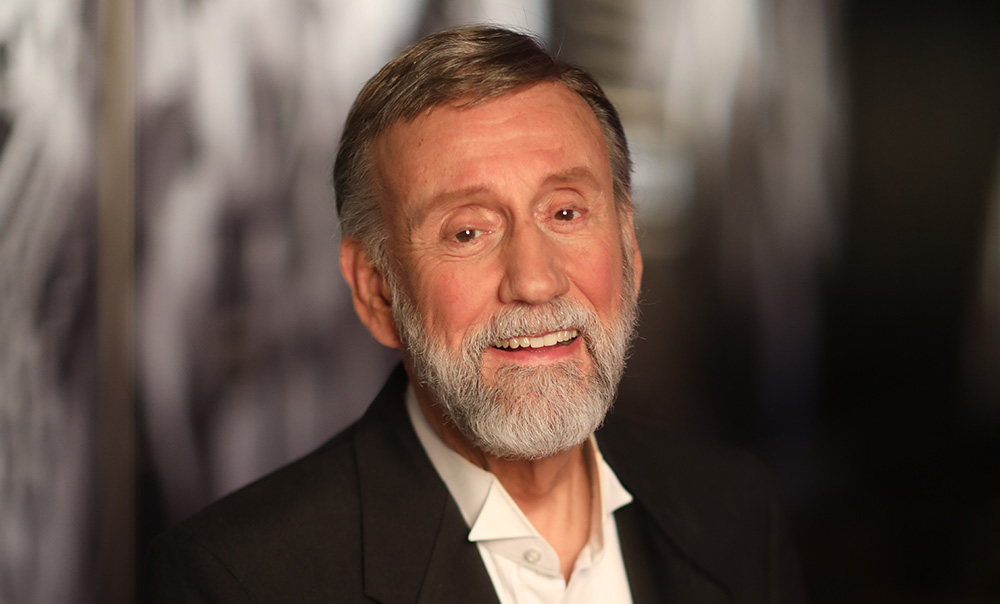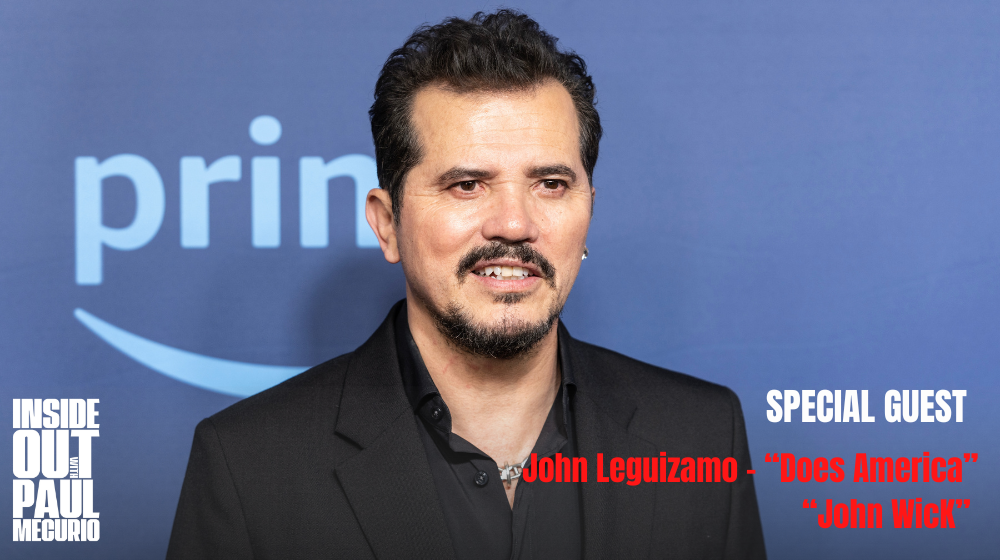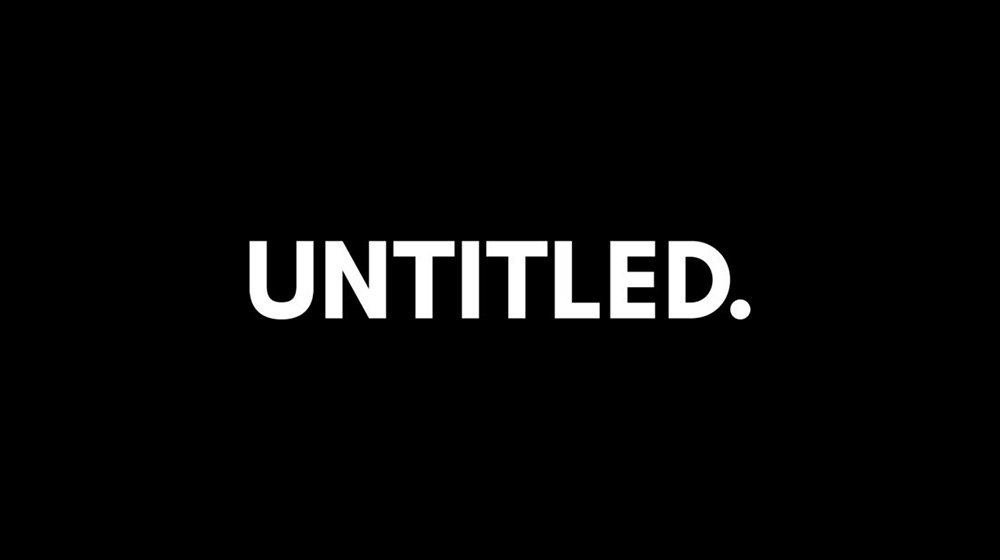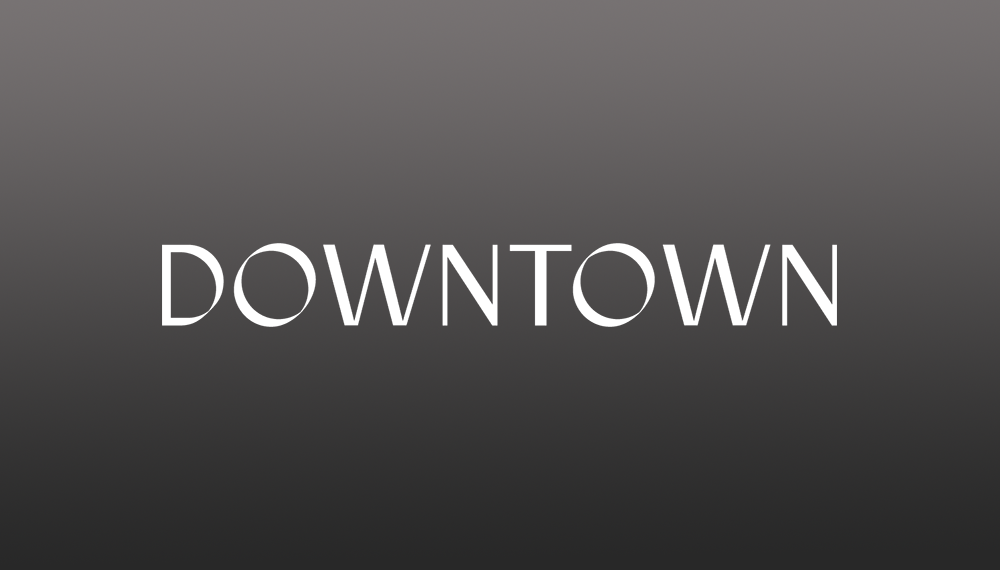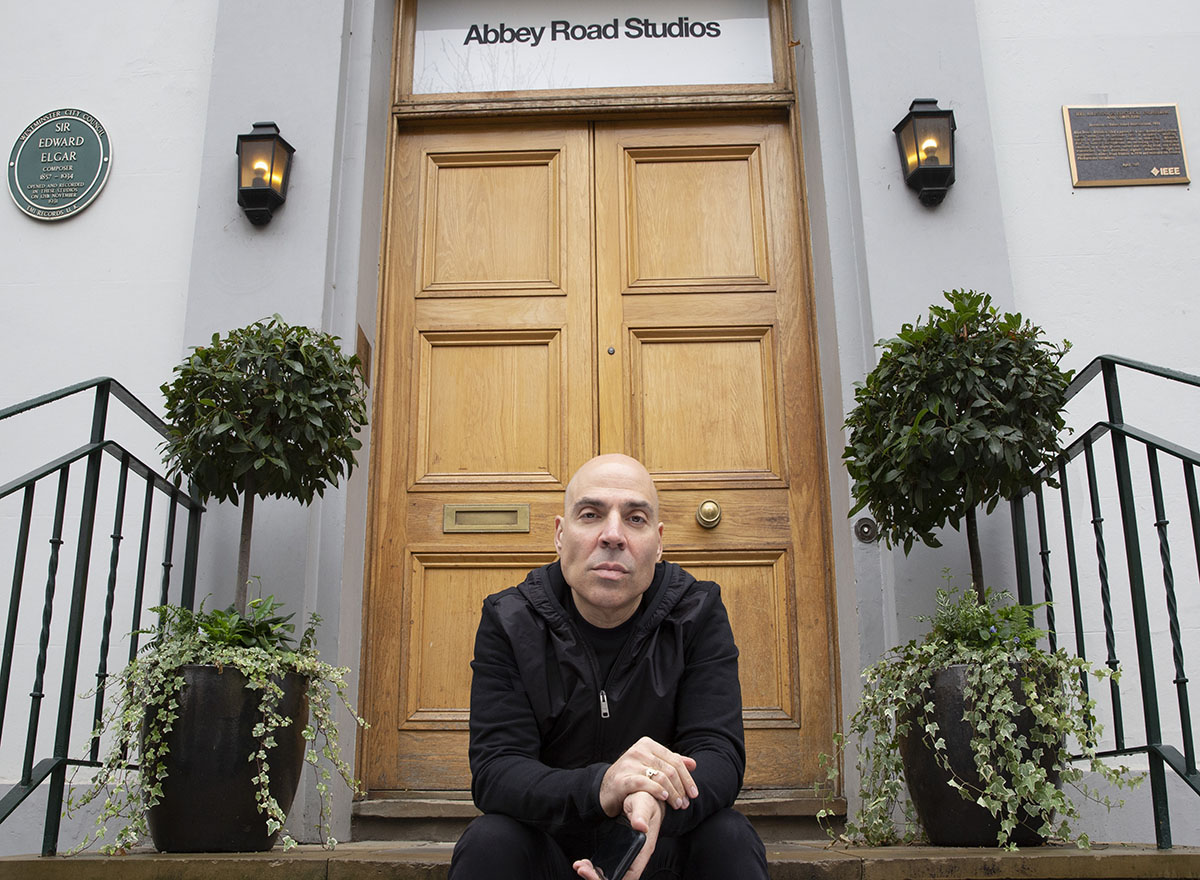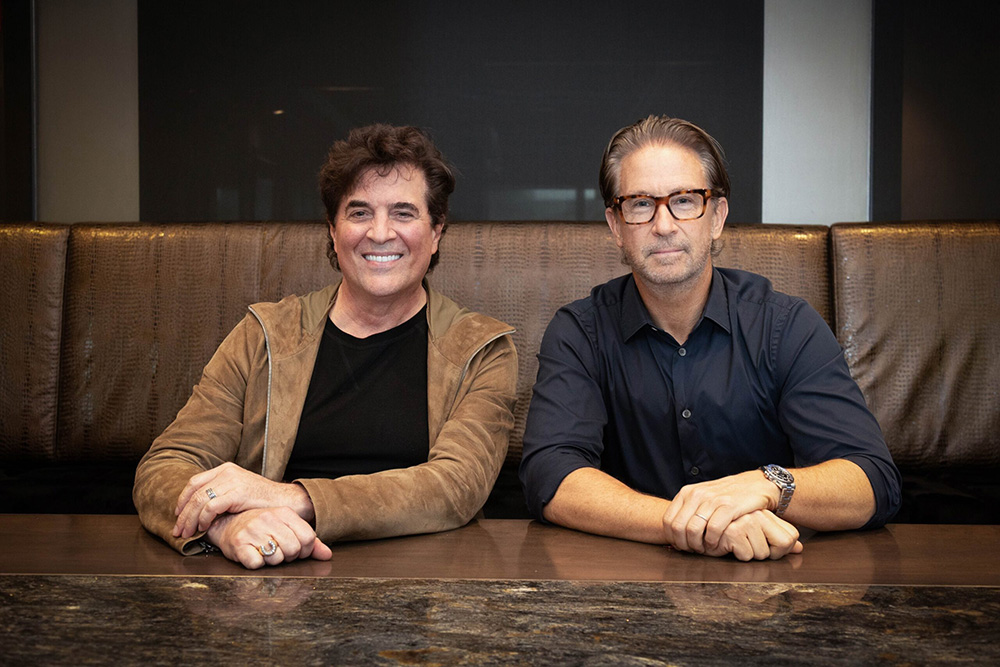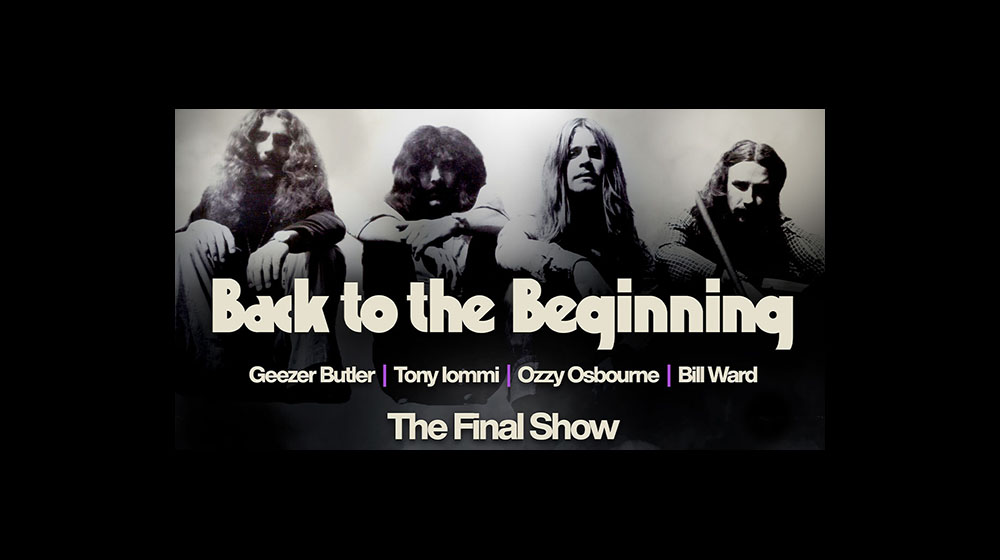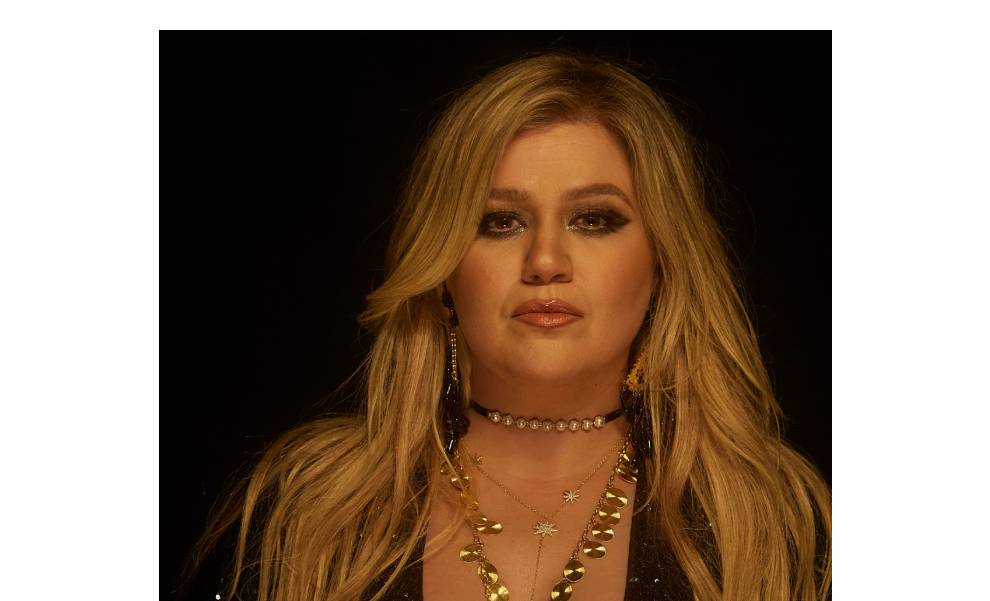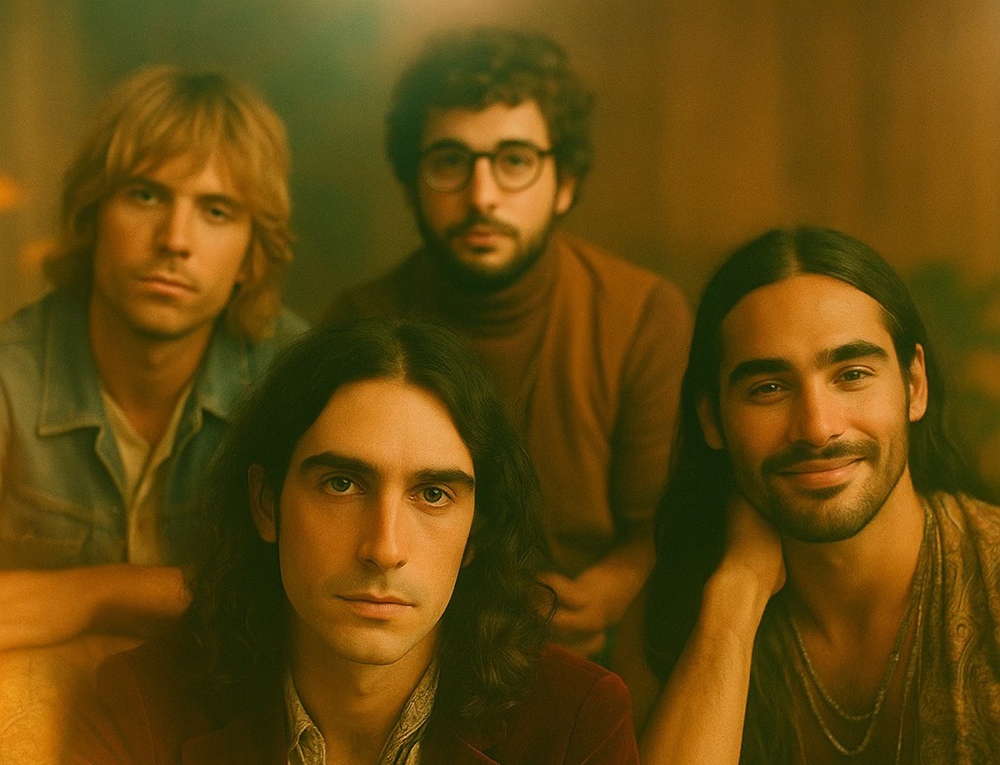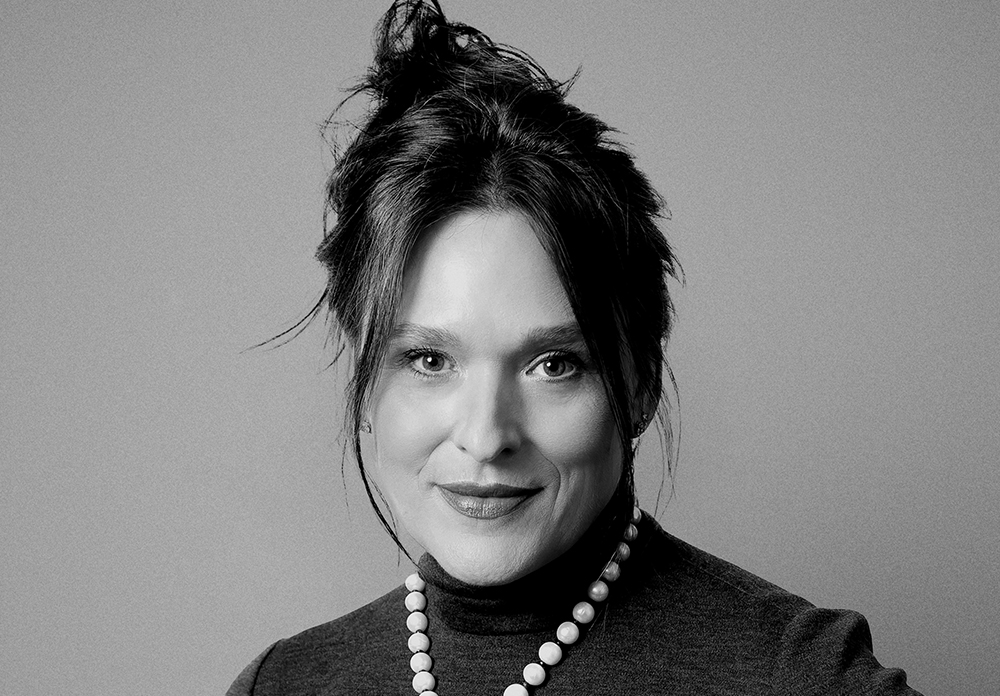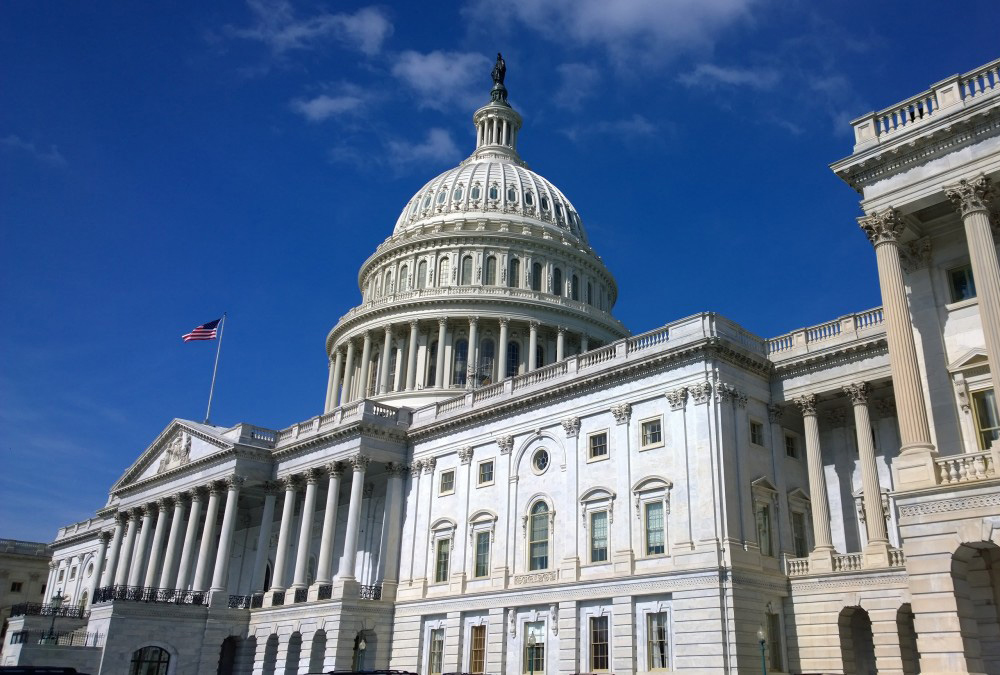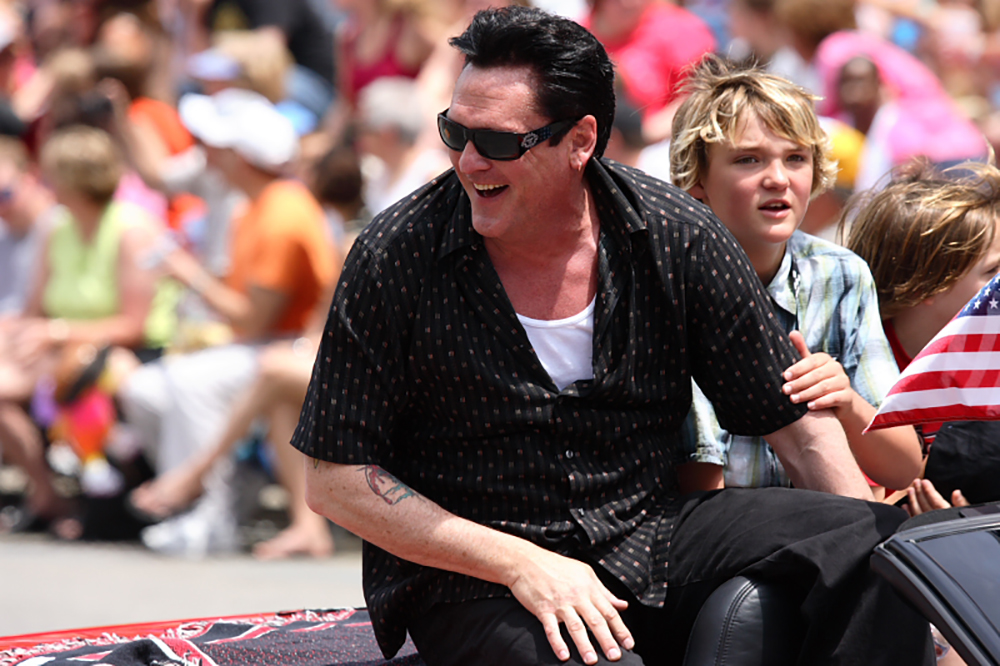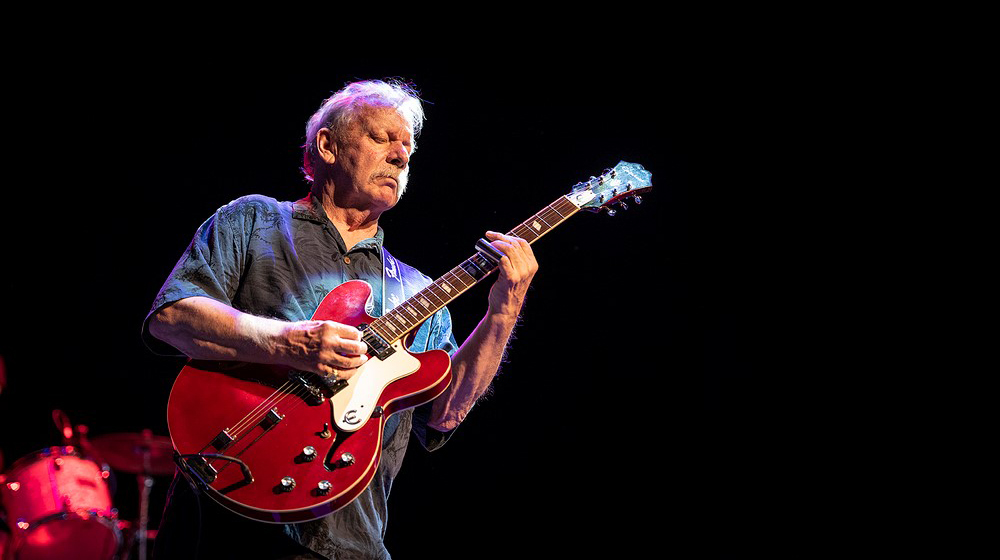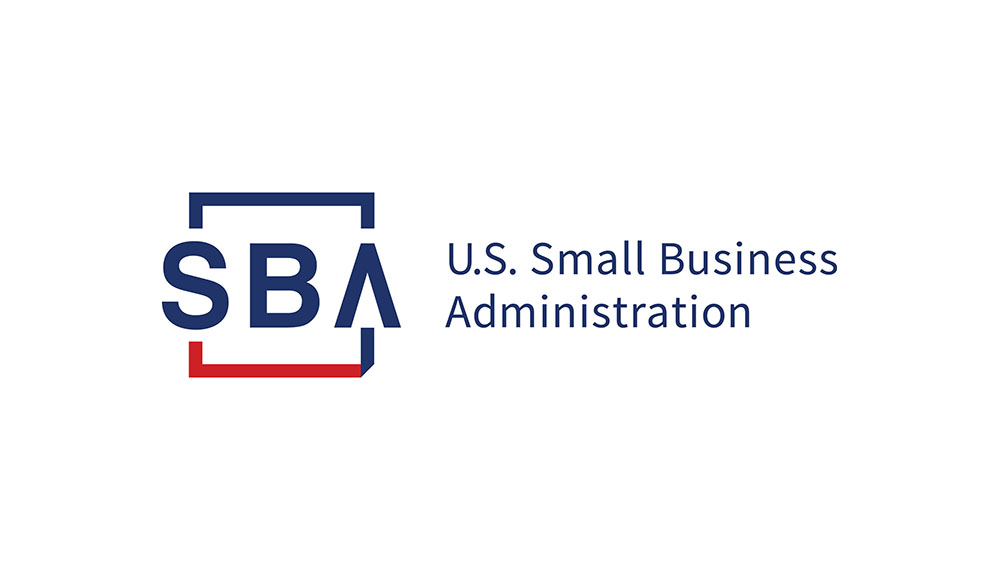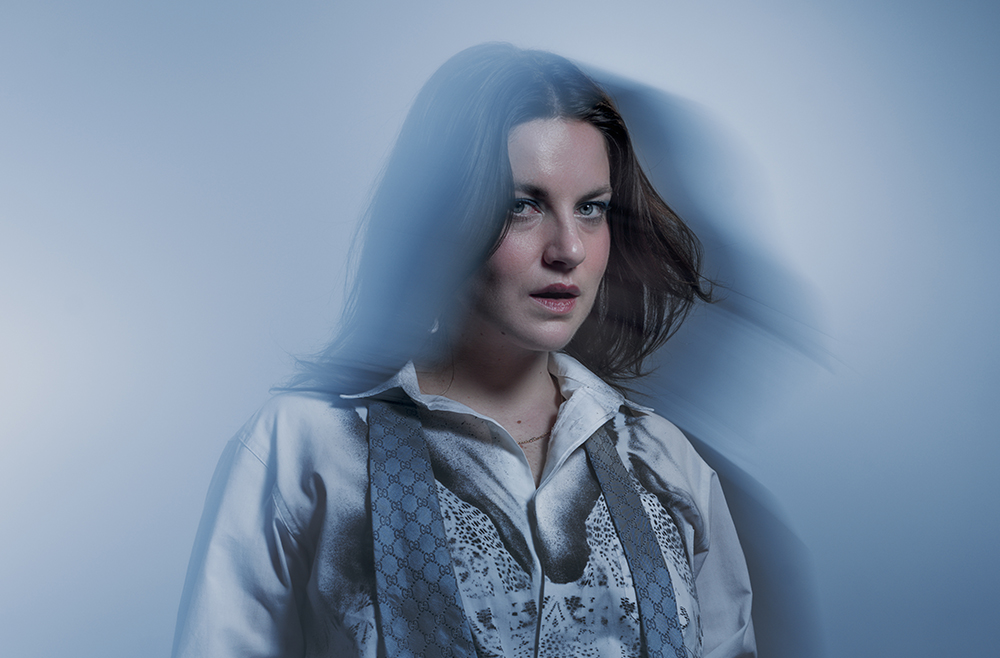(Hypebot) — In this guide, Chris Dampier takes a deep dive into what every beat maker needs to know when it comes to licensing their work, including the difference between master royalties and publishing royalties, and beyond.
Guest post by Chris Dampier, VP TuneCore Publishing of TuneCore Guides
So, you’ve produced a beat, uploaded it to Airbit, and an artist has purchased it to use in a new track. Not only are you a producer, but did you know you’re now officially a songwriter?!
Conversely, you’ve just licensed a beat from BeatStars, recorded three sweet verses and a killer hook over the top. Not only are you the artist, did you know you’re also a songwriter?!
That means you’re both now in the business of music rights and should be aware of the difference between a sound recording and a composition, the writer’s share vs the publisher’s share, neighboring rights vs mechanical rights and so on. Just like how TuneCore democratized the distribution of music, affordable production software and beat licensing platforms like BeatStars and Airbit have shaken up how music is made.
Unfortunately, the music industry is a confusing place and the beat licensing community has found itself in a business rife with bureaucracy and archain policies and procedures. As a result, the internet is awash with confusion around the associated rights covered in a beat license. I’m going to attempt to alleviate some of that confusion here. We’re going to look at this from the eyes of both the producer and the artist.
The Music Business At A Glance
First, let’s backup and dig into what the music business is.
The music business revolves around copyrights. A copyright is a set of rights granted by law to the owner of a visual or audio work. These rights allow the owners to collect royalties for the use of a copyright. Pursuant to the US copyright act, once a work is in a fixed form (i.e. recorded to mp3, CD or written down), you are protected under copyright laws*.
In music, it is important to acknowledge that when a song is written and recorded, two unique and individual copyrights are created; i) the sound recording (aka ‘the master’) and ii) the underlying composition (aka ‘the song’). The former refers to a recording of a performance of a composition whereas the latter refers to the unique qualities that make up a composition such as the rhythm, chords, lyrics and melody. Artists, labels/distributors typically receive money for the sound recording and songwriters, composers and publishers receive money for the composition.

These two copyrights generate different royalties and require separate administration. There can be multiple recordings but only one composition. To illustrate this, take the song “White Christmas” written by Irving Berlin but performed by everyone from Bing Crosby to Elvis Presley and Katy Perry to Lady Gaga. In fact, according to Songdex, there are 27,424 recordings on 22,667 albums by 7,749 performers but there is only one songwriter (Irving Berlin) and one publisher (Williamson Music). Every time that song is used commercially anywhere in the world, (i.e. streamed on Spotify, played on the radio, performed live, broadcast on television or sang at a karaoke night), Irving Berlin gets paid by his publisher who collects all those global royalties.
What is Beat Licensing?
Before we go any further, let’s look at exactly what beat licensing is.
A producer is not in the business of selling beats. Note the use of the word licensing. By making a beat available on a store such as Airbit or BeatStars, a producer is engaging in the business of selling beat licenses, not actual beats. This is important; the producer retains ownership of the original beat and secures some kind of ownership in the new song for which the artist has licensed the beat. The artist is permitted to make one new recording using that beat. The license issued affords the artist the right to exploit the beat pursuant to various terms in the beat license agreement, these terms are generally referred to as “User Rights”. Depending on the tier of license sold, these user rights may feature limits on how long a beat can be used and/or caps on number of sales, streams, public performances and music videos that embody the new track. Alternatively, the license may be unlimited which would come without any term limits or usage caps. In some cases a license may be exclusive, meaning no one else can use the beat, or non-exclusive, meaning many artists could be licensing the same beat in different tracks.
Non-exclusive:
- Low price point ($30 – $150)
- Usage caps (i.e. number of streams, downloads etc)
- Limited term (i.e. length a beat can be used before needing a license renewal)
- The same beat can be used by other artists
- Best for up and coming artists
Exclusive:
- High price point ($300 – $1,000+)***
- No usage caps
- No term limits
- No other artists using the beat (after exclusivity asserted)
- Typically utilized by established artists or artists with a budget and/or label backing
It is important to note that even if you are selling an exclusive license, you are not transferring ownership of the composition rights. By licensing your beat to an artist you are granting them the right to use your beat in a new track/song and by doing so, you are being credited as a songwriter on the new track.
When the new track has been created containing the licensed beat, two copyrights have been created; the sound recording and the composition. So where do artists, producers and beat licensing platforms like Beat Stars or Airbit fit into all the various rights associated with those two copyrights? Well, when a new track is created, sometimes a producer is considered a songwriter and, in the case of a beat licensing platform, the producer is almost always considered a songwriter and obtains some kind of ownership right in the compositional copyright.
Likewise for artists, when you license a beat from a producer, you are receiving some kind of right to publishing royalties and also being permitted to collect artist royalties from the sound recording.
While we’re on the subject of publishing rights for producers, it should also be noted that once upon a time, producers receiving ownership in the composition right was somewhat contentious in some circles. Generally speaking, there are many scenarios where a producer is not deemed a songwriter, this is really open to negotiation. Sometimes a producer works for points on the master copyright, or doesn’t provide any significant contribution to the melody of lyrics of a composition and simply works for a flat fee. However, in most beat licensing transactions, the producer is considered a songwriter. Plain and simple.
Ownership of rights in the new track (for both the master recording and composition) varies from platform to platform and license to license. Most platforms make agreement templates available with a standard set of rights based on the amount you pay. These change from platform to platform and in most cases and can be customized. However, most transactions utilize the terms set out in the standard templates. Those licenses typically fall as follows:
- Basic
- Premium
- Unlimited
- Exclusive
Really take time to understand the specifics of what you are agreeing to. Hopefully this article can abet that process.
Back to the royalties. A quick reminder that, once a beat has been licensed and a new track recorded, two copyrights have been created. These two copyrights generate different royalties that are administered separately; the Sound Recording generates Master Royalties and the Composition generates Publishing Royalties.
Master Royalties
(aka Artist Royalties, aka Sound Recording Royalties)
The royalty derived from exploitation of the sound recording/master copyright.
Let’s start with the royalties generated by the sound recording. Most beat licenses typically afford the artist 100% of the master royalties limited by the specific user rights set out in the license agreement.
So, if an artist uploads and distributes the track containing the licensed beat via TuneCore’s distribution service, they will receive 100% of those royalties (or a percentage thereof depending on who their distributor is). If it’s CD Baby, the artist will receive 91%, or, if the artist is on AWAL, with an 85/15 deal, 85% and so on. If the license is capped at 50,000 streams, the artist is entitled to collect the master royalties on those 50k streams. Once that cap is hit, the artist is no longer entitled to collect any master royalties until the license has been renewed. The distributor doesn’t know this, so it’s on the artist to track usage and renew accordingly.
It’s important to note that, in some standard non-exclusive beat license templates, the producer is granted ownership of the new sound recording. As in, the artist does not own the track that they created using the producer’s beat. The artist is being licensed the right to use the beat and exploit the new track containing said beat pursuant to the terms of the license agreement. In other words, the artist cannot register this recording as being their intellectual property with the copyright office because, quite simply, it isn’t their property. This is shocking to some artists when they realize the recording they’ve bounced down from Logic or Pro Tools isn’t actually their property.
In some licensing scenarios, the producer may wish to ask for points on the master royalties. This is a negotiation and can range anywhere from 1 -10% but, as standard, these percentage points are not included in non-exclusive or exclusive licenses on beat licensing platforms.
Another royalty that is derived from the exploitation of the sound recording is what is commonly referred to as a ‘Neighboring Right’. A neighboring right is a performance royalty derived from the exploitation of the sound recording specifically. This is not to be confused with the performance royalty collected by BMI or ASCAP and derived from exploitation of the composition (we’ll dig into that shortly!).
As with most music rights, neighboring rights are confusing. The amount you are entitled to can be impacted on where you live. For example, the United States does not pay an NR royalty on terrestrial radio while many European countries do. As a result, there is a distinct lack of reciprocity between the US collection society Sound Exchange and many NR societies overseas. This means US based rights holders don’t necessarily get to share in this revenue.
However, for recordings created outside of the US or by non US citizens, this can be quite lucrative. Nonetheless, regardless of where you are from, this is a right to consider. In the US, anyone is eligible to collect a neighboring right royalty from non-interactive/satellite radio services such as Sirius XM, Pandora, Spotify Radio, Sonos Radio or Apple Radio as well as cable music channels, business and retailers that use background music (restaurants, retailers, hotels etc). As with performing rights organizations for the composition (BMI, ASCAP etc), most territories have their own collection society administering performance royalties for the sound recording. In the United States, it’s Sound Exchange, in the UK it is Phonographic Performance Limited (“PPL”), in Germany its GVL. These can all be joined direct.
Neighboring Rights are ultimately broken up into three shares; the label share, featured artist share and non-featured artist share.
If you are the record label, you can collect the label share as the master right owner. If you are the featured artist, you collect your share as the artist, if you are a non-featured artist such as session musician or backing vocalist, you are entitled to collect a share. The breakdown is as follows:

This varies from territory to territory but, as a general rule of thumb, the label share is always at a minimum 50%. Every society has a slightly different variation on how they split the revenue across cohorts. For the most part, it’s a similar split to the SoundExchange example above.
However, in some territories, like Fance, the more instruments an artist plays, the more money they get. If an artist played 10 different instruments, their royalty will be higher than if they just programmed drums. In some territories, the label share can go up as high as 100%. PPCA in Australia, for example, only pays Australian artists so, if a track is played there and has no Australians on the recording, then the label gets 100%.
In the US, it is not uncommon for producer’s to negotiate a portion of the featured artist’s share, although this is not standard in any beat licensing template. Incidentally, where some beat licensing platforms do reference Neighboring Rights in their standard templates, this may actually be redundant language so should be explored further. Music producers cannot collect directly from Sound Exchange. The artist needs to provide a Letter of Direction confirming the amount the producer is due so that this can be shared with Sound Exchange and royalties directed accordingly. More information can be found on that here.
Overall, if you’ve negotiated 10% of the artist’s master royalties, then you would be entitled to 4.5% of the artist’s share of neighboring rights from SoundExchange. It is worth noting that there aren’t any societies other than SoundExchange who will allow a label or producer to be assigned a portion of the artist’s share.
Publishing Royalties
So what about publishing? Well, as part of a beat license there is a clause that addresses the ownership of publishing rights. Again, the standard terms vary from platform to platform and license to license so we will look at how ownership looks in a couple of scenarios I’ve come across in two prominent beat licensing standard templates. Remember, these agreements are open to negotiation so can be customized. However, in most standard templates, the producer and artist share some kind of claim to the royalties derived from the exploitation of the composition. This means, unequivocally, that both the producer and artist are considered a songwriter and will share in any and all royalties derived from the exploitation of the new composition/song.
Before we go any further, we need to look into the writer’s and publisher’s share of publishing income. In the US, performance royalties are divided into two: the writer’s share and the publisher’s share. The writer’s share is the right attributed to the songwriter/composer and the publisher share refers to the share of revenue for which admin rights can be attributed to a music publishing administrator. The former is always paid direct to a songwriter via their local PRO (e.g. BMI, ASCAP). This distinction is important for reasons that will become clear shortly.

It is important to know that some prominent beat licensing platforms contain language in their standard templates that drastically reduces the amount of publishing royalties the artist can collect. Understanding the different royalty streams generated by a composition will help you understand. While there are thousands of income sources, they can be grouped into the following revenue streams.
- Performance
- Mechanical
- Sync
- Micro-sync
These groups cover sources of revenue paid by numerous music users and services such as digital service providers like Spotify, Apple Music, Amazon, broadcast radio (AM/FM) and satellite/internet radio television such as Sirius XM and Pandora. Broadcast television networks such as ABC, CBS, NBC as well as digital services such as Netflix, Hulu and Amazon, physical products such as CDs and vinyl and performance revenue from live concert venues, restaurants, gyms bars amongst many others. Music is ubiquitous and so is the money for its use. For more information on how a song makes money click here.
By far the two biggest royalty streams in music publishing are performance and mechanical royalties.
A performance royalty is derived from the public performance of a composition (e.g. interactive streaming (Spotify, Apple Music etc.), non-interactive streaming (Pandora, Sirius XM) AM/FM radio, live concerts, bars, restaurants, broadcast/streaming of visual media (NBC, ABC, Netflix, Hulu etc.)
A mechanical royalty is derived from the reproduction of a composition (e.g. interactive streaming, physical downloads, CDs, vinyl)
Before we go any further, let’s address a very common misconception I frequently see in the beat licensing community. So called authorities on the subject are conflating master and mechanical royalties time and time again. A mechanical royalty is a publishing royalty derived from the reproduction of the composition. A master royalty is a royalty derived from the exploitation of the sound recording. To illustrate this, let’s take a digital service such as Spotify, Apple Music, Tidal etc. One interactive stream generates three royalties:
Master / Artist Royalty (distributor, record label, artists)
Performance Royalty (PRO/CMO, publisher, publishing administrator, songwriters)
Mechanical Royalty (MRO/CMO, publisher, publishing administrator, songwriters)
It’s important to understand mechanical royalties are derived from the exploitation of the copyright in the composition and associated with the ownership of publishing for reasons that will become clear. Beat licensing platforms contain varying language in their standard templates around the ownership of publishing rights, and in some cases this can drastically reduce the amount of publishing royalties the artist can collect. Here’s a couple of examples. In both, we’re looking at non-exclusive licenses of varying levels whether they are basic, premium or unlimited. Exclusive licenses are always preferable but are not the most common so let’s focus on non-exclusive licenses both examples are the standard setup in two prominent beat licensing standard beat license templates.
Example 1:
Publishing revenue is split up as follows:
Producer: 50.00% Write’s share
Artist: 50.00% Writer’s Share
Producer: 100.00% Publisher’s Share
In this example, the producer is ultimately the publisher and retains complete ownership in the rights of the composition.
Example 2:
Publishing revenue is split as follows:
Producer (writer’s share and publisher’s share) – 50.00%
Artist (writer’s share and publisher’s share)- 50.00%
This example affords both the producer and artist co-ownership of the copyright in the composition. This could be deemed a much fairer way of addressing publishing rights. After all, it could be argued that the artist has contributed musical elements to the new composition such as lyrics and other musical elements that warrants ownership via a co-write.
Not sharing publishing rights this way and using the first example will mean the producer is compensated significantly more than the artist in publishing revenue. Here’s why:
Digital platforms such as Spotify, Apple Music and YouTube generate two publishing royalties; performance and mechanical royalties. In the United States, mechanical royalties are paid to publishers, not songwriters, i.e. there is no writer’s share for mechanical royalties. The mechanical royalty component makes up roughly 50% of publishing income derived from the exploitation of a composition on a DSP such as Spotify or Apple Music. Performance royalties are split up via a writer’s share and publisher’s share, so the writer’s share will be paid direct to the artist via their local PRO and the producer will collect their writer’s share direct from their PRO. The producer will also collect the publisher’s share of performance royalties from their PRO. Something the artist is unable to collect pursuant to the terms in a standard beat license template.
Let’s look at how the revenue would break down in both examples.
Example 1:
Producer – 50% writer’s share
Artist – 50% writer’s share
Producer – 100% publisher’s share
If a song generates $10,000 in publishing revenue and we split that revenue 50/50 between the performance royalty and mechanical royalty (the split fluctuates monthly sometimes 52/48 either way) it would look as follows:
Performance revenue: $5,000
Mechanical revenue: $5,000
The performance revenue is then divided equally pursuant to the writer’s share and publisher’s share so would break down as follows:
Writer’s share: $2500
Publisher’s share: $2500
The writer’s share is then broken down as follows:
Producer: $1250
Artist: $1250
The producer owns the publishing so the producer is receiving 100% of the publisher’s share. So for performance royalties, the total revenue paid to both parties is as follows:
Producer: $3750 (Writer’s + Publisher’s Share)
Artist: $1250 (Writer’s Share)
For mechanical royalties, the breakdown is a lot more straightforward.
Producer: $5000
Artist: $0
Remember, there is no writer’s share for the mechanical royalty in the US.
You’ll notice in beat licensing licenses with this setup there is a clause addressing a mechanical license. The producer is ultimately the publisher so needs to issue a mechanical license for the relevant product. The interactive streaming component in a mechanical license is typically covered by blanket licenses issued by mechanical rights organizations such as HFA, MRI and the MLC to DSPs. However, in the US for physical product such as CDs and vinyl or digital downloads, an actual mechanical license will need to be issued by the producer as the publisher. This also means they collect 100% of the mechanical royalties associated with the new track.
When all is said and done in this example, a $10,000 publishing revenue breakdown looks as follows:
Producer: $8750 (Writer’s + Publisher’s Share)
Artist: $1250 (Writer’s Share)
Example 2:
Producer: 50.00% writer’s share
Artist: 50.00% writer’s share
Producer: 50.00% publisher’s share
Artist: 50.00% publisher’s share
This is a straight 50/50 split with both the artist and publisher receiving $5,000 each. If they both contributed equally to the song, why not share the revenue equally. If one person wrote the music and another person wrote the lyrics, it seems fair to split revenue 50/50 or at least share ownership of publishing in some capacity whether its 75/25 or 60/40.
Further Publishing Considerations
There are some restrictions in beat licenses when it comes to the monetization of the new tracks in user generated content such as YouTube. While you can upload and distribute a record to your digital distributor such as TuneCore, some licenses will prohibit you from claiming royalties for monetization of the sound recording on YouTube or other user generated content platforms. It should be noted this is only revenue generated from the Sound Recording on YouTube, you are still entitled to collect revenue derived from the exploitation of the composition pursuant to the specifics of the agreement as it refers to publishing i.e. whether it is only the writer’s share or publisher’s share. Note, on the publishing side, YouTube generates both performance and mechanical royalties (sometimes collectively referred to as micro-sync royalties).
Should the standard template or your negotiated template afford you the right to ownership in the publishing, there are several other important considerations for both artists and producers.
Some standard licenses include a provision whereas the artist commits to registering the producer’s interest in the composition at the producer’s local society. Local society means a PRO, CMO or MRO such as ASCAP, BMI, GEMA or SACEM. For a full list click here. For producers, maintaining a close dialogue with the artists that license your beat is paramount to the success of your beat. Not only to ensure artists re-up if they have a limited license, but also to ensure you are involved with sync clearance (of which you can negotiate an approval provision) but more than anything, to ensure the correct registration of your interest in the new song globally to ensure all royalties are flowing through to you.
A producer should not rely on the artist to register their interests and should enlist the services of a publishing administrator to register and administer their interests in the new songs. A producer should request the following information from any artist licensing their beats:
- ISRC
- Release title
- Artist Name
- Co-writer(s) names
Conversely, an artist will want to make sure they are accurately registering their producer’s interest because, as I point out here, the more data you provide, the more accurate your own royalty collections will be.
Both artists and producers will want to ensure they are registered with their local PRO and are enlisting the services of a publishing administrator like TuneCore Publishing to ensure the accurate administration of your songs as well as maximizing the collections.
In the US, the two main local PROS are ASCAP and BMI and are free to join. Your PRO will generate an IPI/CAE number. The IPI/CAE number is integral to ensuring royalties make their way to you so if you have not already affiliated, do so straight away. Data is king in music publishing and artists and producers should be ensuring their respective publishers have all the requisite data to ensure. Why do I need a publishing administrator and a PRO I hear you ask? Well, it should be noted that PROs like ASCAP and BMI only engage in the business of performance royalties.
As I mentioned earlier, this only accounts for roughly 50% of the publishing income generated from a digital service like Spotify, so registering your share with your PRO is not going to ensure you see all the revenue derived from the exploitation of that song. The mechanical component is currently collected by the MROs HFA and MRI for which only publishers can join, not songwriters. And while The Mechanical Licensing Collective is launching in January 2021, songwriters will only be able to register directly with the MLC to collect royalties generated in the states, not globally. Nor will they be collecting mechanical royalties from the likes of YouTube, Tik Tok or Facebook. It should also be noted that your local PRO and The MLC do not share data bases. Enlisting the services of a publishing administrator will remove the administrative headache of registering with all of the US MROs and your PRO while also registering your songs direct many other societies and income sources globally. Of course, TuneCore Publishing can handle that for you.
There are literally hundreds of PROs, MROs and CMOs around the world and, when a song is distributed, it is global meaning there are now hundreds of different companies responsible for collecting your royalties not just your local PRO or MRO. This means there are a lot of nooks and crannies for your royalties to get lost. The best way to ensure you maximize global performance royalties and also collect global mechanical royalties is to enlist the services of a publishing administrator (like TuneCore Publishing) to proactively administer your interests in the songs for which you are now a songwriter.
For more on the differences between a PRO and Pub Admin click here.
It should also be mentioned that if additional writers are involved this may dilute the artist’s share. In example 2, the producer has retained 50% ownership in the new work. Should the artist have worked with additional writers on this new work, the producer’s 50% share may need to remain intact regardless of how many other writers may be on the song. For example, if the new song features multiple lyricists or other composers that have ownership of the song, then the Artist’s 50% will be diluted pursuant to the splits he/she agrees with the additional writers. If the artist splits the remaining 50% equally then the registration would like as follows:
“New Song”
Producer – 50%
Artist – 16.67%
Co-writer I – 16.66%
Co-writer II – 16.66%
When you sell the ownership under a work for hire situation, the artist becomes the composer of the beat and legal owner of the entirety of the copyright. The original producer will no longer be able to collect any residual income derived from the exploitation of the new song that embodies the beat. I would not advise producers to sell complete ownership of a beat.
Samples
If you have used any third party samples in the beat that you have uploaded, the explicit permission from the original rights holder(s) is needed before the new track can be released, otherwise you could get yourself into hot water. Some beat licensing platform’s agreements put the onus on the artist to clear any beats that contain uncleared samples. Whereas, other platform’s agreements have the producer warrant that they did not sample any copyrighted material or sound recordings belonging to another person or entity. There is some ambiguity and confusion around whether a producer should pre-clear samples before licensing them. What I would say is that, if a platform is hosting a beat that contains an uncleared sample, infringement is already happening. In any and all cases, the sample will need to be cleared before a song is released, otherwise you could be getting yourself into hot water.
Take Lil Nas X’ “Old Town Road” as an example. If you look at the songwriters of that song, you’ll notice Trent Reznor and Atticus Ross, of industrial rock legends Nine Inch Nails, are listed as co-writers. This is because the producer of the original beat Lil Nas purchased from BeatStars included an uncleared banjo sample of the NIN song “34 Gosts IV”. There were some very panic stricken phone calls made when “Old Town Road” started to get traction. It could have resulted in Trent and Atticus receiving 100% of the rights to Old Town Road as this was clear copyright infringement. Eventually, Trent and Atticus were informed and a discussion had to take place. Now, they had every right to ask for 100% ownership of Old Town Road and they may well have got it. This was infringement at the end of the day and the owners of the infringed work have all the leverage. In this instance, what happened was a compromise that resulted in Trent Reznor and Atticus Ross receiving ownership in a trap, country hit that ended up giving Trent Reznor a country music award. The splits ended up being as follows:
Trent Reznor – 37.5%
Atticus Ross – 12.5%
Montero Lemar Hill (Lil Nas X) – 25%
Kiowa Rokema – 25%
However, things could have turned out very differently. Imagine not sharing in ownership for a song that has generated tens of millions of dollars by not pre-clearing the sample.
A quick note on loop services such as Splice; typically loops/beats obtained from platforms like Splice are royalty free and otherwise available for commercial exploitation. However, I would strongly advise writers to consult the terms and conditions of the specific platform from which you are taking a sample before doing so.
Conclusion
Beat licensing can be a volume game, if you’re making money on the license transaction, that is great, but ensuring you’re making sure you understand all of the rights involved can be the difference in making residual income and not. The uncleared sample in “Old Town Road” was settled amicably and has since gone onto become one of the great success stories of beat licensing. While Kowa Rokema initially received only $30 for the actual beat license, the song has become a hit record with billions of streams, radio performances and sync licenses issued, resulting in millions of dollars of revenue of which Kowa Rokema now receives 25%. He also got lucky when it came to the uncleared sample.
For an artist, the level of license you invest in really depends on your own situation. If you are an up and coming artist, it makes sense to go the non-exclusive route. As and when you start to get traction and potentially build out a budget for exclusive licenses, you can make that investment and take things up a level.
For both producers and artists, treating the business of beat licensing as something beyond a simple transaction is key. Make sure you understand the rights you’re exchanging and treat each license as a collaboration. Producers and artists are ultimately co-writers and should act accordingly, know the rights and exchange data. As we have covered here, beat licensing goes beyond a simple transaction. Whether the license is non-exclusive, limited, unlimited or an exclusive license, each one should be treated as it could be next “Old Town Road”. It may start off as a limited, non-exclusive license that turns into an unlimited license and then an exclusive license generating significant revenue. For both producers and artists alike, you should understand the specifics of the beat licenses as well as maintaining a dialogue after the beat license transaction – whether the new track gains 100, 100,000 or 100,000,000 streams, it will quite literally pay off.
*Registering your copyright with the Library of Congress makes your ownership part of the public record. This formal record affords the composer/author additional benefits. In other words, if a work is registered with the copyright office the author/composer has a stronger claim against infringements and better damage compensation as a result of infringement.
You may complete the registration process online at https://www.copyright.gov/registration/
The PA form (Work of the Performing Arts) is the form used to register a composition (lyrics and music)
The SR form (Sound Recording) is the form used to register the master or audio/sound recording only
**Note each DSP pays different royalty rates that fluctuate on a monthly basis pursuant to numerous variables such as number of streams, number of subscribers, ad revenue etc.
***An entire post can be written on how to price your beats, for now I consciously chose to focus on the rights and royalties associated with beat licensing.

